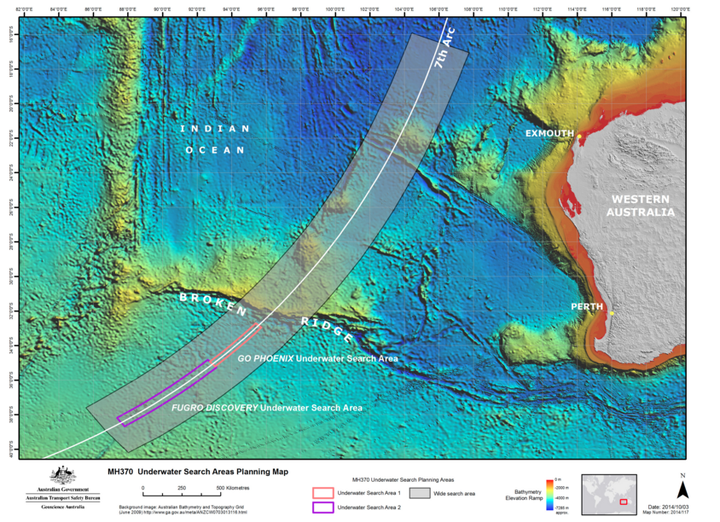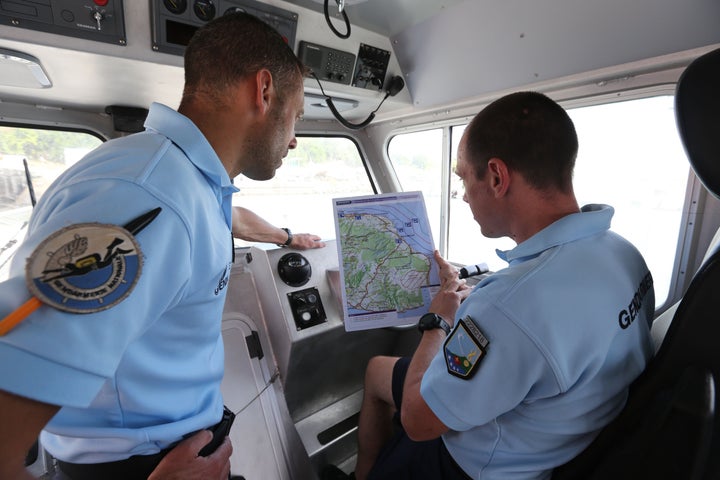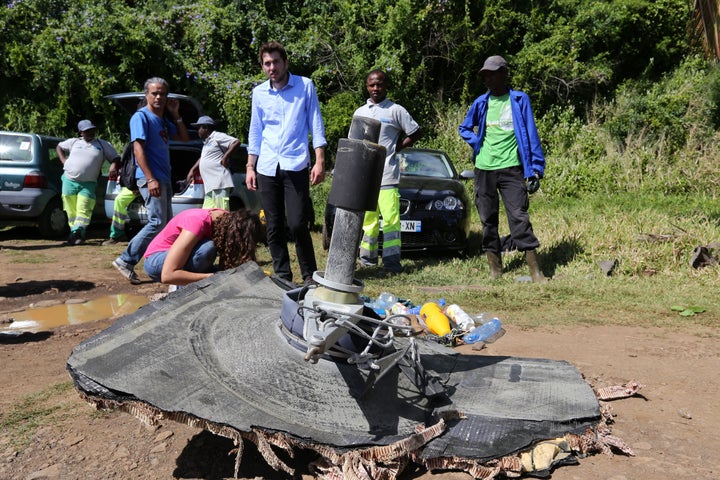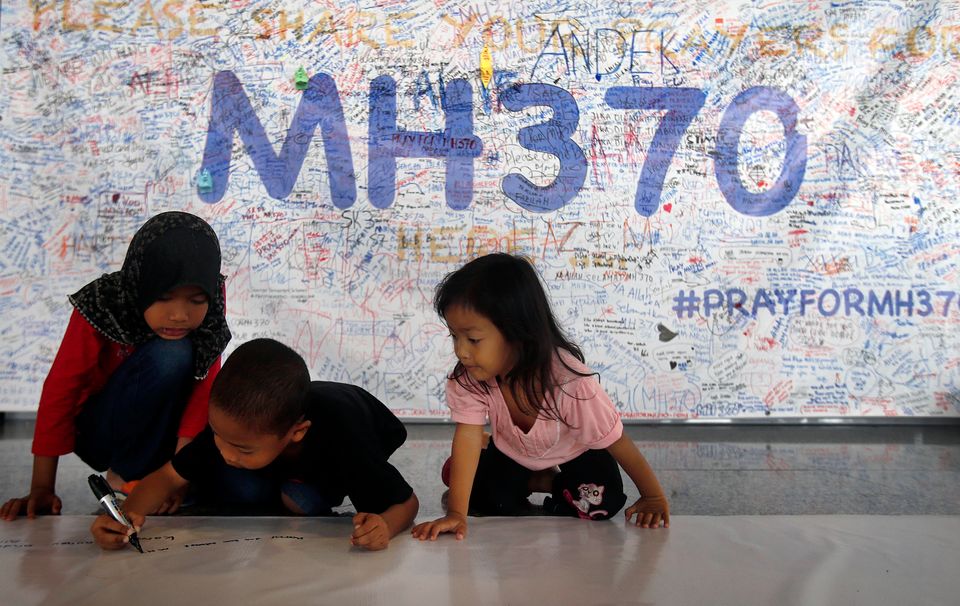
• Tuesday marks two years since flight MH370 disappeared.
• Relatives of the 239 people on board are demanding answers.
• A massive search has turned up nothing, although part of a wing washed up on a Indian Ocean island last summer.
The disappearance of Malaysia Airlines flight MH370 on March 8, 2014, remains one of the biggest mysteries in aviation history.
Tuesday marks two years since the plane took off from the Malaysian capital of Kuala Lumpur, destined for Beijing, only to disappear from radar screens an hour and a half later. An international team of investigators scoured the seas for the missing jet to no avail. Just one piece of the plane is confirmed to have been found, after it washed up on an island in the Indian Ocean last summer.
The families of the 239 people who were on board MH370 still don't know what actually happened to their loved ones. On Monday, 12 Chinese families filed a lawsuit in Beijing against Malaysia Airlines, airplane manufacturer Boeing and jet engine maker Rolls-Royce. MH370 relatives have also recently brought suit in Malaysia and Australia, seeking damages as well as answers. Under international aviation agreements, the families have until Tuesday to sue the airline.
On Sunday, several families took part in a MH370 remembrance ceremony in Kuala Lumpur. "I want to let my mother know I'll never give up," Jiang Hui, daughter of MH370 passenger Jiang Cuiyun, told Malaysia's The Straits Times.
After two years, here's what we know and what we don't about flight MH370.

What Happened
The available data tell investigators for certain only what happened in the first two hours of the flight. After the pilots failed to check in with Vietnamese air control when the plane left Malaysian airspace about 40 minutes into the flight, Malaysian and Thai military radar detected the plane veering off its planned route. Malaysian military radar last tracked the plane an hour later, flying over the Andaman Sea.
After that, the plane's path is a matter of analysis and interpretation. Investigators believe it continued to fly for almost six more hours, based on the seven automatic "pings" picked up by satellites. Based on satellite data and information from the plane, they conclude that it most likely headed south, eventually running out of fuel and plunging into the southern Indian Ocean.

How Is The Search Going?
The search for the missing plane has been unprecedented in size and scope. An Australian-led international mission is scanning a 46,330-square-mile area of the Indian Ocean that investigators deem the most probable resting place of the plane. They have scanned over two-thirds of the search zone so far and expect to complete the task by July of this year. The operation is projected to cost around $130 million.
If nothing is found in this area, investigators say they will likely wrap up their search, due to the high cost of extending the search zone even further. Relatives of the MH370 passengers have urged the investigation team to continue searching elsewhere.
Still, the Australian official leading the search remains optimistic that the plane will be found in the current search zone. It is "very likely" the aircraft will be located in that area, Martin Dolan, chief commissioner of the Australian Transport Safety Bureau, said.
The investigation team will release an update on their findings on Tuesday, but it is not expected to contain much new information.

What's Been Found
In July 2015, Johnny Begue, a resident of the French island of Réunion in the Indian Ocean, found a piece of airplane debris encrusted with barnacles that had washed ashore. Six weeks later, French investigators confirmed that the wing part, called a flaperon, was the first piece of MH370 to be recovered, boosting hopes that it might lead to further discoveries and give investigators more clues. Begue, who has been looking ever since, found another piece of possible plane debris on Réunion last week, although any link has yet to be confirmed.
Meanwhile, a possible plane part was discovered last week on the shores of Mozambique, an African coastal nation around 1,300 miles to the west of Réunion. The debris, which was found by American amateur sleuth Blaine Gibson, is being analyzed in Australia. Investigators said that its location was consistent with projected drift patterns for what remains of MH370.

What We Don't Know
With so little information about what happened to the plane, the investigation hasn't been able to determine why it happened either.
International investigators' preferred theory is that low oxygen levels in the plane caused the crew to pass out, The Australian reported. But if the search doesn’t turn up anything, they may have re-examine other hypotheses, including that the pilot deliberately brought down the plane. Dolan, the Australian investigation chief, told The Guardian that if the plane is not found, investigators will try to reach some kind of conclusion based on the evidence they have.
Conspiracy theories abound, including suggestions that the plane was hijacked by order of Russian President Vladimir Putin, secretly diverted by the CIA to a U.S. military base in the Indian Ocean, accidentally or defensively shot down by U.S. forces in the area, hijacked by terrorists or captured by aliens.
All the unanswered questions weigh heavily on the people whose relatives were lost aboard MH370.
"For the MH370 families, this second year is just as painful, if not more painful, than the first year," read a statement from Voice 370, a group representing the families, last week. "This absence of our loved ones is a daily reminder that we still do not have a clue about [their] fate."

